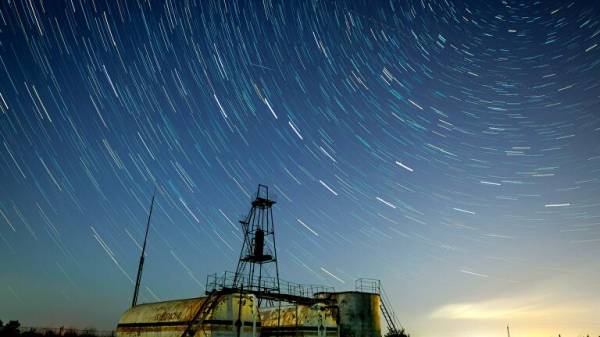
“On the third of January, the first New Year’s starfall will be shed — at the peak of the activity of the Quadrantid meteor shower, up to 120 meteors per hour are expected … The best time for observations will be from midnight to dawn,” the message says.
It is clarified that the visibility conditions for observing the meteor shower are ideal throughout Russia. In addition, the Moon will also not interfere with the observation of meteors.
The radiant of the meteor shower (the point that seems to be the source of meteors – ed.) is located under the handle of a Large Bucket in the constellation Volopas. Previously, the constellation of the Wall Quadrant was located there, which gave the name to the meteor shower. However, the constellation proposed in 1795 was not popular with astronomers and was subsequently excluded from the list of constellations.
Even more interesting things about nature